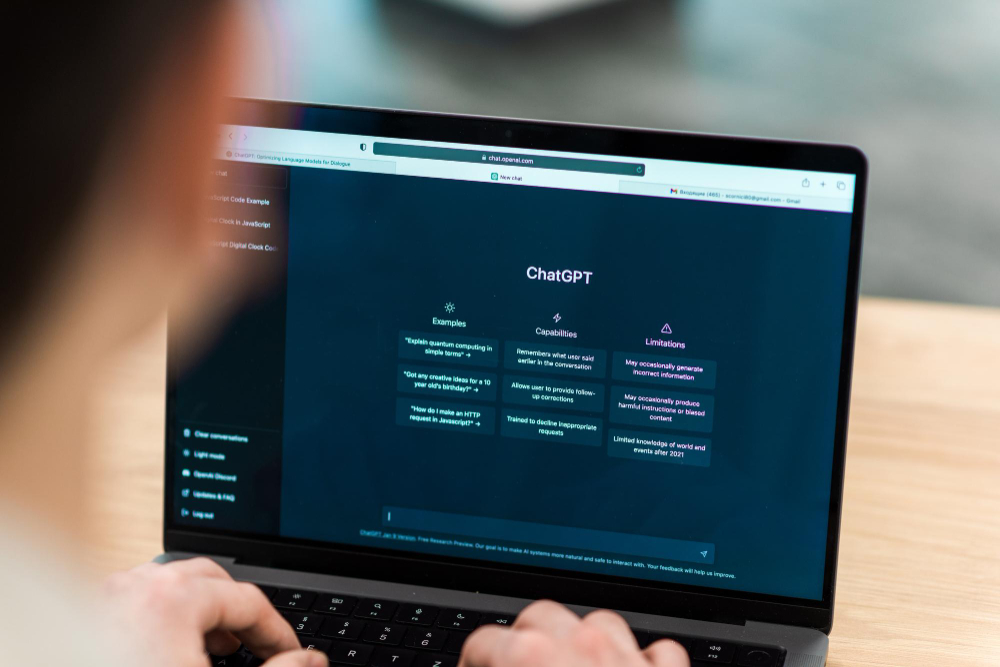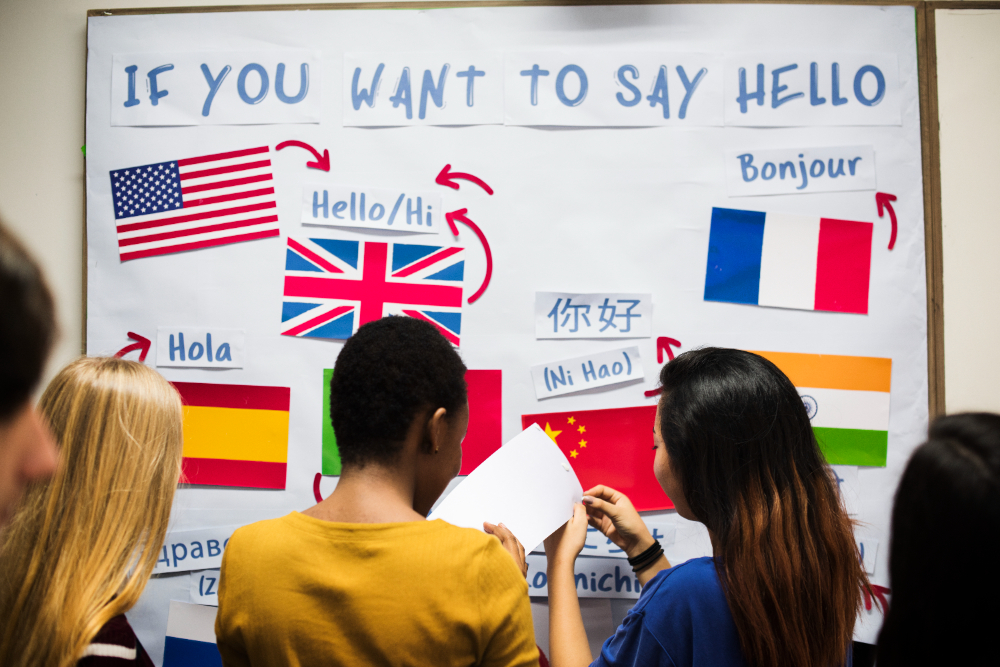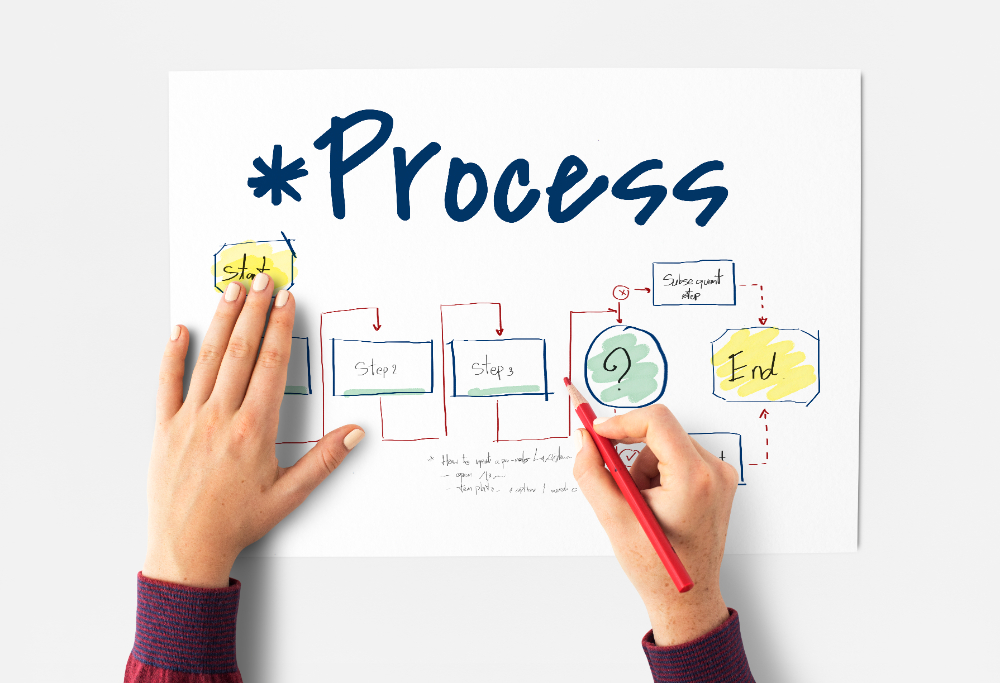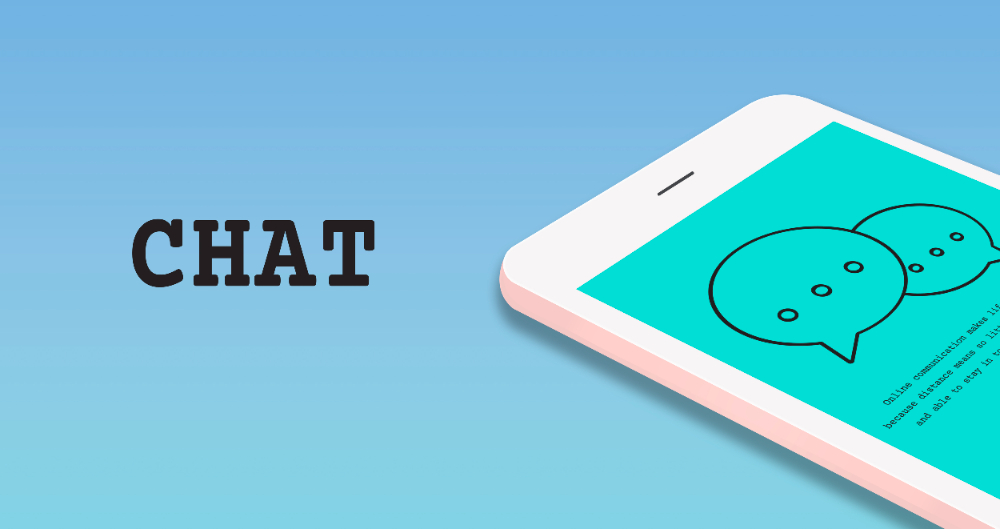Table of Contents
- How Right Words Drive Educational Success
- 1. Clear Words Build Understanding
- 2. Relatable Language Builds Connection
- 3. The Right Word Can Spark Curiosity
- 4. Short, Simple Sentences Reduce Cognitive Load
- 5. Precision Encourages Confidence
- 6. Positive Words Motivate
- 7. Specific Instructions Lead to Better Results
- 8. Language Sets the Tone of the Classroom
- 9. Repetition with Variety Reinforces Learning
- 10. Accessible Words Keep Learning Inclusive
- Final Thoughts
In school, we’ve all encountered the power of the right or wrong word. Let’s suppose you’re walking into class to find a teacher who explains things clearly, making every topic feel approachable. Then, picture a lecture where terms & phrases go over your head, & you’re lost in a sea of confusion. Which scenario makes learning easier? The difference lies in one thing: word choice.
This is not about choosing fancy words or sounding smart. It’s about finding words that connect with people in the simplest, clearest way. For students & educators, picking the right words can make or break the educational experience.
How Right Words Drive Educational Success
1. Clear Words Build Understanding
Learning is already challenging. Why add confusing language? Simple, clear words let ideas flow without obstacles. Students can grasp new ideas faster & feel less overwhelmed when concepts are expressed in everyday terms.
Educators should use words that everyone understands. When discussing history or explaining a difficult topic, using familiar language removes barriers.
The results?
Clear words engage students instead of pulling back. Imagine saying “we’re calculating average speed” rather than “we’re deriving the rate of change of distance over time.”
You get the picture.
2. Relatable Language Builds Connection
Have you ever read a textbook & thought, “Who talks like this?”
Sometimes, educational materials can feel like they were written for robots, not people. Language needs a human touch.
Here, an AI humanizer tool helps you turn robotic, unnatural content into human-like, impactful text. For educators, using this type of tool means selecting words that feel conversational & welcoming.
The end results?
This makes students feel part of the discussion.
A humanized AI text tool converts complex terms into something approachable. Instead of pushing students away, it builds a connection that invites them in.
3. The Right Word Can Spark Curiosity
Curiosity is a driving force in education. The right words can act as keys by unlocking that curiosity.
Instead of saying, “Today, we will explore cellular structures,” imagine a teacher saying, “Let’s dive into the secret life of cells.”
With a tiny tweak in language, an otherwise dry topic can become intriguing.
Educators who ignite curiosity know how to frame information in a way that piques interest. This doesn’t mean making everything sound dramatic; sometimes, just a slight shift can make all the difference.
4. Short, Simple Sentences Reduce Cognitive Load
Our brains work hard to understand new information, especially under academic pressure. Long, winding sentences make it harder to keep track of the point.
The solution?
Keep it short.
For example, “Photosynthesis helps plants make food” is easy to digest. Compare that to: “The process of photosynthesis facilitates the synthesis of glucose within plant cells.”
Same meaning, but the first one is easy to read & remember. Less is more when clarity is the goal.
5. Precision Encourages Confidence
Students often fear asking questions when they don’t understand something. If the language used feels overwhelming, that fear doubles.
But with precise language, students know exactly what’s being discussed. They’re empowered to ask questions confidently, knowing they’re on the same page as their teacher.
Precision doesn’t mean simplifying everything to the point of losing meaning; it means choosing words that directly communicate the idea. When educators get specific—naming exactly what they’re discussing instead of vague terms—students feel more secure in their understanding.
6. Positive Words Motivate
Picture a teacher saying, “This is challenging, but I know you can handle it.” Compare that to, “This will be tough, & not everyone will get it.”
Words can lift or deflate a classroom’s mood in a matter of moments.
Positive, encouraging language boosts confidence & motivation. By using words that uplift, educators inspire students to believe in their abilities. Sometimes, a simple phrase like “give it a try” is all a student needs to push through & succeed.
7. Specific Instructions Lead to Better Results
Words like “more” or “better” can mean different things to different people.
Imagine being told to “write a better essay.” What does that actually mean?
Instead, instructions like “add three examples to support your points” make expectations clear & actionable.
Specificity removes the guesswork.
For students, this clarity can make assignments feel less challenging. With concrete goals, they know exactly what they’re aiming for. And when students understand what’s expected, they’re more likely to hit the mark.
8. Language Sets the Tone of the Classroom
Words set the vibe.
In classrooms where teachers use phrases like “let’s explore” or “we’re in this together,” a team spirit develops. Students feel they’re part of a journey, not just showing up for a lecture.
This simple shift in language can make students feel comfortable sharing ideas, asking questions, & participating.
Educators who create a welcoming tone with language can transform a classroom into a community. Instead of rigid instructions, language that feels inclusive & encouraging can change how students perceive the learning experience.
9. Repetition with Variety Reinforces Learning
Repetition is key to learning, but it’s even more effective when varied.
Instead of saying metaphor over & over, a teacher might say “a comparison” and then “a figure of speech that links ideas.”
Switching up words while keeping the core concept in mind reinforces learning without it feeling monotonous.
This technique keeps students engaged.
Rather than feeling like they’re hearing the same thing on repeat, students are introduced to new ways of understanding the same idea.
10. Accessible Words Keep Learning Inclusive
Not all students come from the same background or have the same learning level.
Big words or jargon can create gaps.
Accessible language ensures that students at any level can understand & engage without feeling out of place.
When educators focus on accessibility, they communicate that learning is for everyone. This inclusive approach can make a difference, especially for students who may otherwise struggle with academic language.
In simple terms, accessible words make learning fair for all.
Final Thoughts
Educational success isn’t about fancy language or cramming in big words. It’s about making ideas easy to understand & engaging. Students learn best in environments where words are chosen thoughtfully & with empathy.
Whenever you’re writing an essay or any other piece of assignment or giving a presentation, remember that words have power.
Use them to invite, encourage, & make learning an experience everyone can enjoy.
































